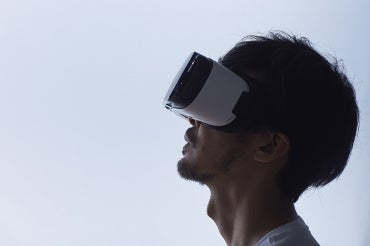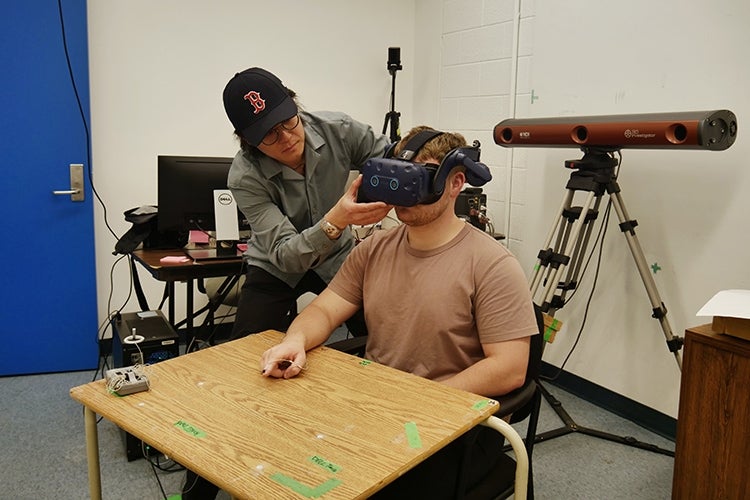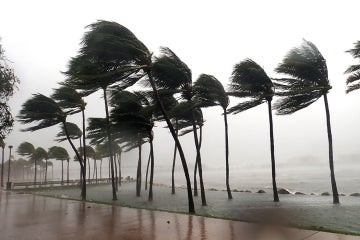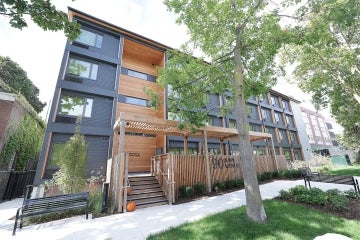Virtual and augmented reality can temporarily change the way people perceive distances: Study

U of T researchers found that people moved differently in virtual reality and augmented reality, and that these changes led to temporary movement errors in the real world (photo by D-BASE/Getty Images)
Published: August 30, 2024
Researchers at the University of Toronto have found that using virtual and augmented reality (VR and AR) can temporarily change the way people perceive and interact with the real world – with potential implications for the growing number of industries that use these technologies for training purposes.
The study, published recently in the journal Scientific Reports, not only found that people moved differently in VR and AR, but that these changes led to temporary errors in movement in the real world. In particular, participants who used VR tended to undershoot their targets by not reaching far enough, while those who used AR tended to overshoot their targets by reaching too far.
This effect was noticeable immediately after using VR or AR, but gradually disappeared as participants readjusted to real-world conditions.
“Our study explored how using mixed reality (MR) technologies, like virtual reality and augmented reality, affects our ability to perform everyday physical tasks once we return to the real world,” says Xiaoye Michael Wang, a research associate in the Faculty of Kinesiology & Physical Education who co-authored the study with Professor Tim Welsh.
“Specifically, we wanted to understand if the way our brains and bodies adapt to these digital environments changes how accurately we can move and interact with real objects after using VR and AR.”

The researchers say they were surprised by two findings: first, that movement patterns in VR and AR transfer to real-world movements; and second, by how quickly the effects of AR wore off compared to VR, with study participants readjusting to real-world conditions faster after using AR.
The difference between VR and AR, they suggest, might be because people in AR can still see and interact with their actual surroundings, which helps them maintain a more accurate sense of depth and distance.
“These findings are crucial because they highlight a potential challenge in transferring skills learned in VR or AR to the real world,” says Welsh. “As more industries and training programs adopt these technologies for skill development, it's important to understand how they might affect real-world performance.
“For example, this could be relevant for training surgeons, pilots or even everyday skills like driving. Knowing the limitations and effects of VR and AR helps ensure these technologies are used effectively and safely.”
The researchers will next be exploring how different types of VR and AR experiences, like those involving more complex or immersive scenarios, affect real-world performance. They’re also interested in seeing how training duration and individual differences such as prior experience with these technologies, influence adaptation and readjustment.
“This research will help us better understand how to design VR and AR systems that minimize negative after-effects and maximize their potential for training and skill development,” Wang says.



